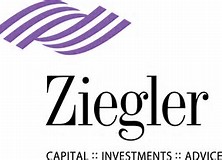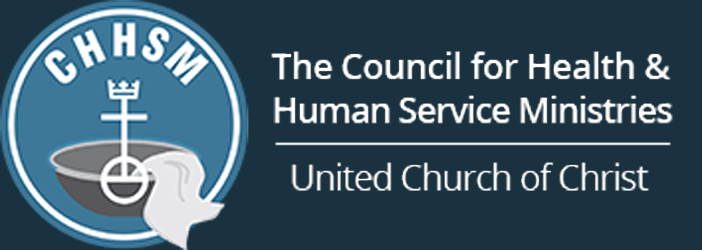The Evolving PACE Marketplace
 This article is reprinted from the May 8, 2017, issue of Senior Living Z-News by Ziegler Investment Banking, a CHHSM partner.
This article is reprinted from the May 8, 2017, issue of Senior Living Z-News by Ziegler Investment Banking, a CHHSM partner.
The Program of All-Inclusive Care for the Elderly (“PACE”) began with On Lok Senior Health Services in 1938 and was then subsequently authorized by Congress as a permanent Medicare provider and Medicaid state option in the Balanced Budget Act of 1997. Since then, PACE has been a successful fully integrated Medicare and Medicaid program for nursing-home eligible seniors.
Today, PACE has 115 programs in 32 states serving 35,000 beneficiaries.1 While existing PACE programs are growing and new PACE programs are being developed, this rate of growth will not fully support the more than 9 million dual-eligible individuals, many of whom have multiple chronic conditions and could benefit from PACE. The National PACE Association (NPA) has estimated that PACE programs could serve 182,000 beneficiaries if the current programs are granted appropriate access and achieve their target market penetration levels.
In June 2015, CMS (Centers for Medicare and Medicaid Services) found that there was no difference in costs and quality of care between not-for-profit and for-profit PACE programs. CMS sent these findings to Congress and has since allowed for the existence of for-profit PACE programs. This has led to increased investor enthusiasm on how to scale PACE including jumpstarting growth from an adult day care platform, seeking joint ventures to achieve economies of scale in back office operations, and analyzing market opportunities for multi-state PACE programs in urban and rural areas.
Headwinds to PACE Program GrowthIn order to serve the dual eligible population, competing models of care to the traditional PACE model are developing. Current care models include Dual Eligible Plans, Independence at Home Practices, Accountable Care Organizations (ACOs), and others. In particular, the Independence at Home Demonstration of home-based primary care showed significant savings of approximately $3,000 per year when caring for a population that is similar in frailty to PACE.2 PACE programs must continue to communicate their value proposition to beneficiaries and payers in this evolving competitive landscape.
CMS has been actively testing new models of care for dual-eligible individuals and granting greater flexibilities, but has not yet adopted a similar approach to its regulation of PACE programs. The PACE community is waiting for CMS to publish a proposed rule to grant greater operational flexibility and reduce administrative burden. For example, PACE requires that waivers be requested for the utilization of nurse practitioners and community physicians, while other Medicare Advantage and Financial Alignment Demonstration programs do not have such parameters.
Opportunities to Achieve Growth and ScaleIn order to achieve scale, PACE sponsors can aggressively pursue expansion where demand exists and fully utilize all available flexibilities such as the use of nurse practitioners, community physicians and alternative care settings. PACE sponsors can also actively explore business relationships with health plans, ACOs and employers, maximizing care management capabilities to serve broader populations in partnership with others payers serving this patient population.
In closing, PACE programs have been a growing resource for today’s seniors and it is anticipated that the future will provide an even greater expansion of PACE options for consumers. Ziegler will continue to follow changes in the PACE marketplace, new models of PACE oversight and innovative PACE partnerships.
For further information on Ziegler, or anything included in this article, please contact the Ziegler banker in your region.
Chris Hendrickson, Managing Director
Ziegler Healthcare Corporate Finance
Sources:
1National PACE Association
2 Centers for Medicare and Medicaid Services
Join Our Mailing LIst
"*" indicates required fields
Follow on Facebook
Pension Boards appoints David A. Klassen as its President, CEO - United Church of Christ
www.ucc.org
The Pension Boards, an affiliated ministry of the United Church of Christ recently announced its appointment of David A. Klassen as its next President and